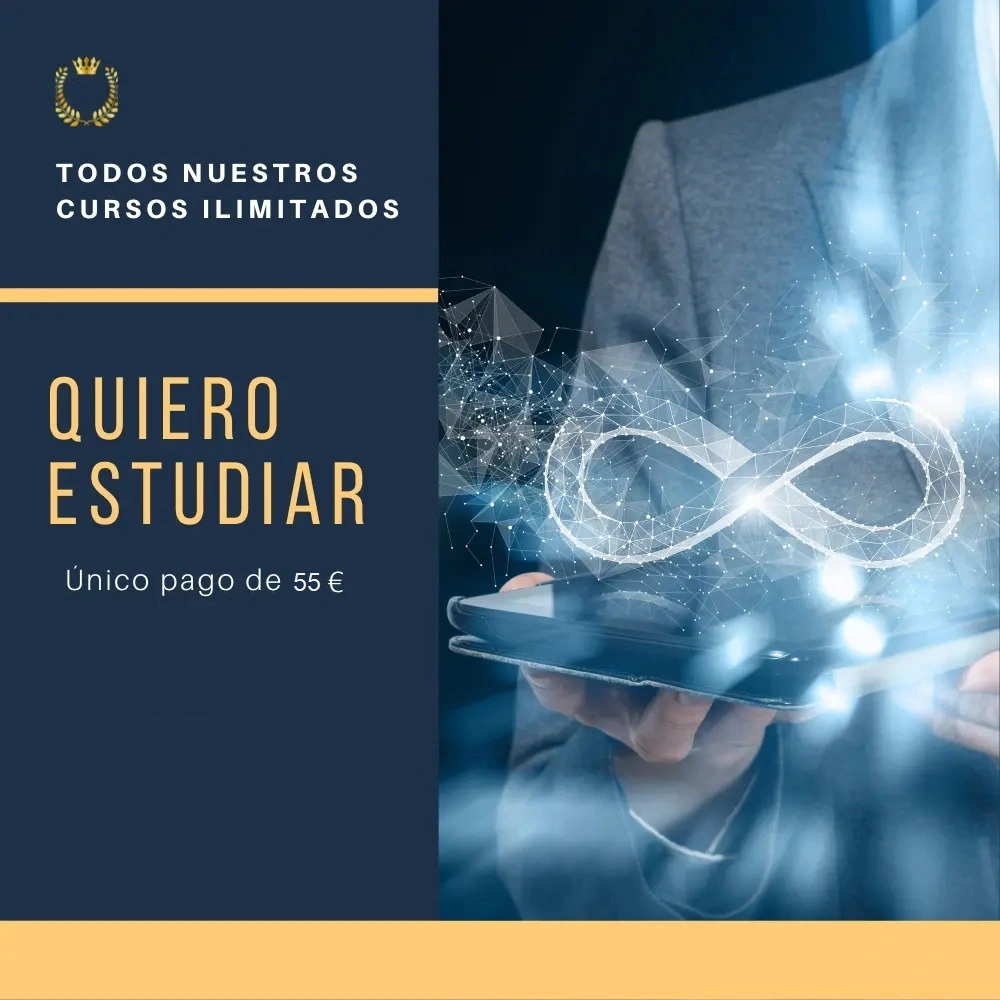Transcription Mock Interview (Case Study Analysis)
Purpose and Objectives of the Simulation
While learning the theory of behavioral interviewing is essential, it is equally important to see that theory put into practice.
This item consists of a video analysis of a mock interview that illustrates how the STAR methodology is applied in a real situation.
It is important to note that this is an abbreviated interview; rather than the full hour that a real interview might last, this mock interview focuses on three key parts: the opening, the assessment of a single competency, and the closing.
Task for the Observer (The Student)
During the observation of the simulation, the learner should take an active role, taking notes to identify two key aspects of the process :
Mapping the STAR Model: Identify which specific interviewer questions correspond to each phase of the acronym: Situation (S), Task (T), Action (A) and Result (R).
Bias Mitigation: Observe and record the techniques the interviewer uses to minimize the introduction of his or her own unconscious biases into the assessment.
Phase 1: The Structured Opening (Minimizing Bias)
The simulation begins with the interviewer greeting the candidate.
Immediately, the interviewer establishes a structured opening to avoid "small talk" that can introduce bias.
He explains the three-step plan: 1) He will introduce himself professionally; 2) He will ask her for her professional background; 3) He will explain the interview methodology.
The interviewer introduces himself in his role as an outside consultant, then asks the candidate for a summary of her professional background, a deliberate framing to prevent her from sharing irrelevant personal information.
Phase 2: Methodology Explanation (The Framing)
The interviewer transparently explains the methodology to be used: the STAR model.
He explains its purpose (to connect past behavior with future performance) and manages the candidate's expectations, warning her that he will ask probing questions to elicit details.
He also justifies why he will take notes: not out of disinterest, but to objectively score responses and ensure fairness with other candidates.
Finally, he states the three competencies that will be assessed: Team Leadership, Social Media Expertise, and Public Relations.
Phase 3: Question Funnel Execution (Competency: Leadership)
Opening Question (S): The interviewer initiates the first funnel with a behavioral question, "Tell me about a time when you had to lead a team through a project with an extremely tight deadline."
Response 1 (S): Candidate provides an example about (scope expansion) with a client, where the delivery date did not move.
Probe 1 (Clarification): The interviewer detects that the example is about customer management, not employee management, and probes, "Would you have an example where the team were direct reports of yours?".
Response 2 (Alternate Example): The candidate offers a second example with a web designer, but clarifies that she is an outside vendor, not a direct employee.
Probe 2 (Redirect): The interviewer makes a strategic decision: instead of forcing a third example, she actively redirects the candidate back to the first example (the client's), justifying that it is more complex and has "more players involved."
Probe 3 (T - Task): "How did you decide at that stage what objectives you were trying to achieve by that deadline?".
Probe 4 (A - Action): "What steps did you take to achieve it?".
The candidate explains that she prepared a prior agenda, listed the 7 deliverables and facilitated the team's own prioritization.
Probe 5 (R - Result): "What was the final result of your actions?
Response 5 (R): Th
mock interview case study analysis




![¡master the interview! online personnel selection course [free/paid]](/images/post/seleccion_personal_entrevista_trabajo1.webp)
![Effective personnel selection: course for companies [online]](/images/post/seleccion_personal_entrevista_trabajo4.webp)
